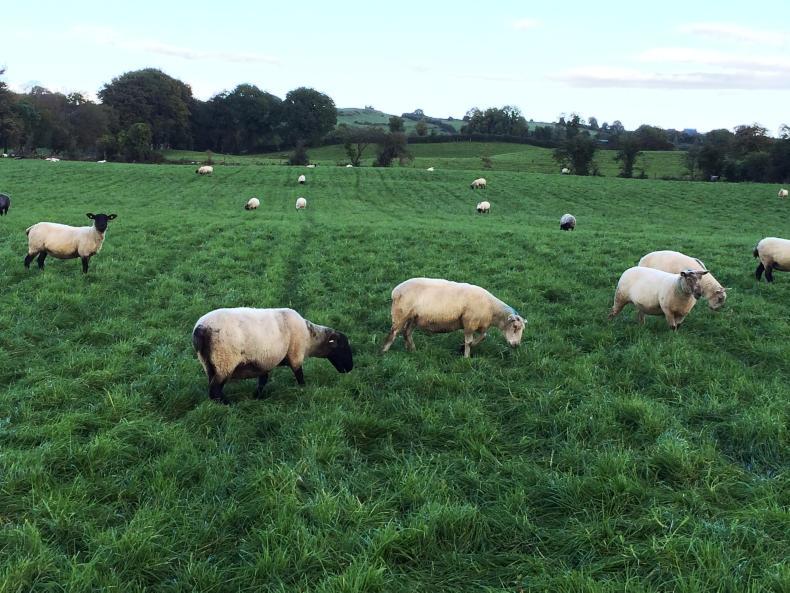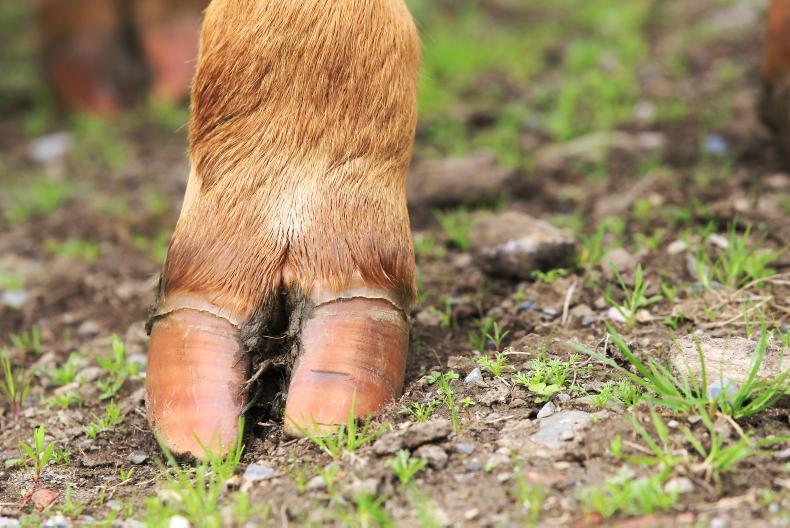There are a number of factors contributing to the increase in interest surrounding temporary grazing agreements.
Earlier housing on beef and suckler farms has, in many cases, left heavy covers of grass which will not hold over the winter and need to be cleaned off.
Some farmers with surplus grass have looked at purchasing store lambs, but with a tight margin between the current purchase and farmgate factory prices, and the questionable short-term economics, many have decided not to progress down this route.
Others have little interest in getting involved in a sheep enterprise and the additional regulations in getting the farm activated as a sheep unit, recording movements and other relevant paperwork.
Last week’s management notes touched on temporary grazing agreement costs. This has raised a number of follow-up questions, many of which are linked to what regulations and paperwork are required to be completed and submitted to the Department of Agriculture.
Direct payment concerns
The first concern raised when discussing temporary grazing agreements is whether or not it poses a risk to a farm’s direct payment. In short, there should be no risk for either parties, provided some straightforward criteria are adhered to.
The first consideration is that the applicant who submits lands as part of the Basic Payment Scheme application must maintain control for the required time frame.
For land entered for payment under the Areas of Natural Constraint, it must be available for the full 11 months for conacre agreements and for the full calendar year for owned land.
This means lands cannot be rented out, but it does not interfere with short term grazing agreements where an applicant takes in sheep, as they do not relinquish control of the land. In general, arrangements work satisfactorily where there is a daily, weekly or monthly figure agreed per grazing animal.
It is a similar case in Northern Ireland. The BPS applicant must be responsible for the main agricultural activity carried out on lands declared to be deemed eligible to draw down direct payments.
Department notification
The next consideration concerns notifying the Department of animal movements. Farmers in the south have three options.
Movement to lands with no stock:
Where the movement is to a farm with no stock present, sheep can be moved to and from temporary grazing without dispatch documents and without notifying the Department.
Movement to farms where livestock are present:
If sheep are moving to a holding where livestock are present, then the Department must be notified. In contrast to a permanent farm-to-farm movement, the onus lies on the owner of the sheep to notify the Department, as there is no change of ownership with the movement. This can be completed by sending the pink copy of the dispatch document to your local district veterinary office. A return from temporary grazing can be notified by sending the white copy of the dispatch document clearly marked “return from temporary grazing”.
Movement to a detached land block on a livestock holding:
There is an exception to the scenario described in option two, where sheep move to a holding with livestock, but are moved to a separate land block where no livestock are present. In this case, sheep can be moved to a parcel or outfarm block without notifying the Department.
Other considerations
There are a number of other schemes that farmers in the south have raised questions about. A few farmers participating in the Sheep Welfare Scheme have questioned if moving ewes interferes with maintaining the reference number over the calendar year.
Temporary grazing does not reduce ewe numbers in the scheme as there is no change in ownership. Likewise, sheep moving on to a farm do not contribute to the stocking rate for ANC purposes on the farm offering the grazing.
Lastly, there are a few situations where the farmer who owns the sheep wishes to gain credit for organic nitrogen produced while moved off the farm.
This will be picked up automatically where the movement is notified to the Department. However, if it is not recorded with your local DVO then record four “temporary movement of livestock” must be submitted to the nitrates section in Johnstown Castle.









SHARING OPTIONS